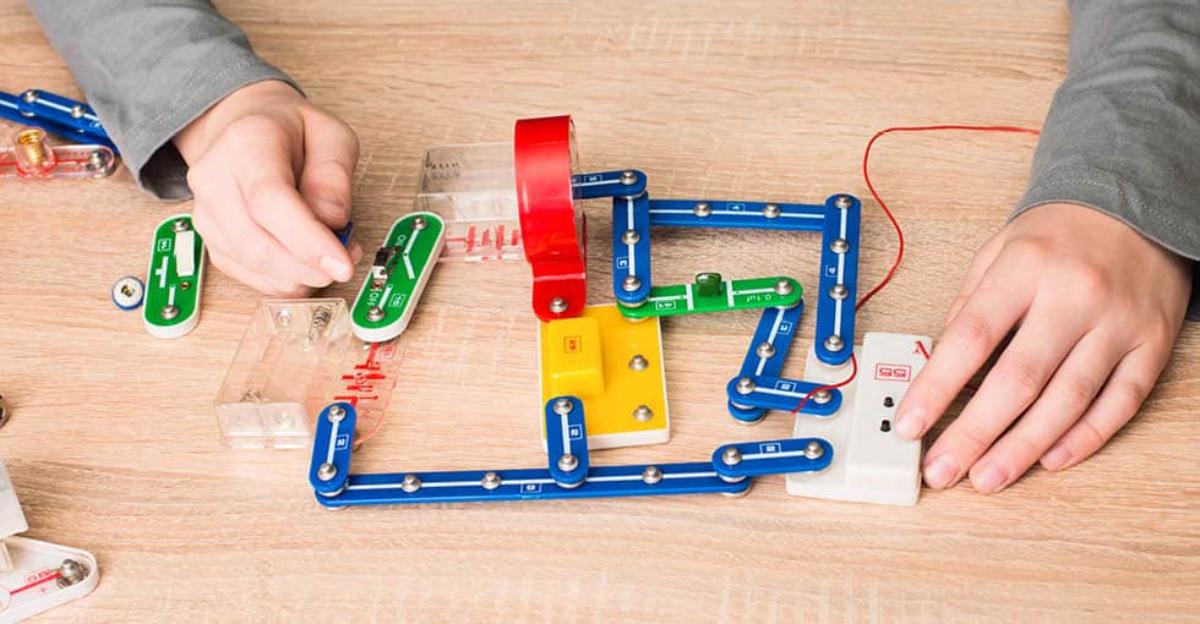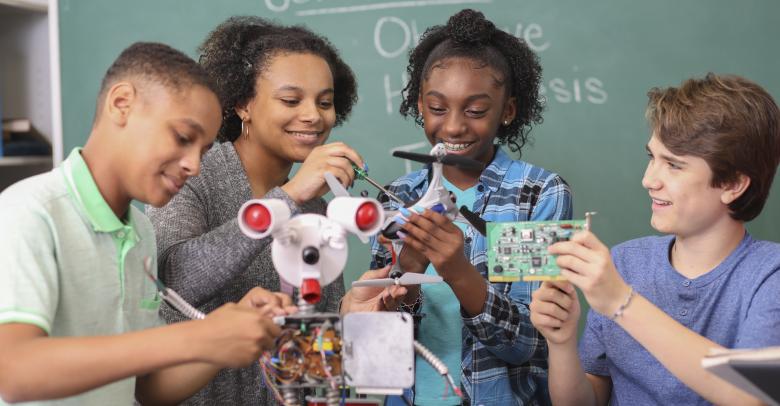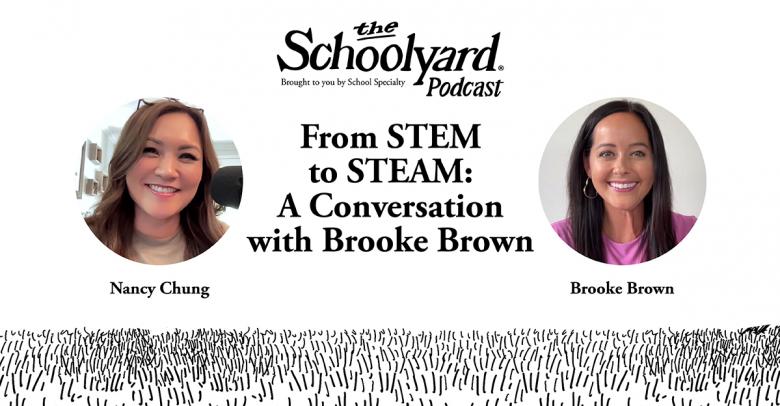It’s unfortunate, but when a new fad comes to education, the powers that be often think that simply purchasing a product or making time for a class will be the most effective way to implement the idea (and help generate student growth). Add makerspaces to the list.
A Makerspace is More than Tools & Furniture
Some educators believe that staking out a corner of a classroom and providing some tools is enough to get students to start thinking creatively, learn engineering skills, and collaborate. That approach is better than nothing, but what if the maker movement is really treated like a movement?
What’s keeping every teacher in the school from trying to trigger what is being called “design think”, the brain processes that help students see the world as it can be rather than what it is and how they can get it there. Think of it as the engineering subset of the growth mindset.
Why can’t the PE teacher ask the students to invent a new game rather than playing kickball? Why can’t the music teacher ask the students to “improve” a piece, opening them up to explore different keys or tempos. Why can’t the history teacher make it a routine to ask students to solve history’s worst problems – before they start?
Makerspaces and Interdisciplinary Thinking
To add to this schoolwide effect, teachers can be encouraged to work interdisciplinary, often in a project-based learning strategy. Then, students will be able to experience different facets of “design think”, ones that require all of the STEAM skills and more. Because students tend to have skills that are stronger than others, this strategy also spurs collaboration, especially if it can be arranged for students to work together across the various classes through technology.
Yes, makerspaces still come into play in a major role. In fact, these interdisciplinary teachers should all have a makerspace in their classrooms. After all, students will need the time and tools to explore their ideas. Sometimes ideas come when you least expect them. Or a group of students only have one class together with which to work.
Building Problem Solving Skills the Right Way
An important aspect of this whole-school methodology of maker mindset is that every teacher approaches problem solving in the same way, using the same format. A common structure used in Silicon Valley (among many, many others) is simple:
- Define an Issue
- Ideate
- Prototype
- Test
- Refine
If each teacher is using their own problem-solving format, students can get confused, derailing the “flow” that is sometimes required to reach design think. They can get wrapped up in meeting the milestones rather than figuring out the best possible solution.
The maker movement has the potential to have some staying power in education, but only if it’s approached as the truly transformative process that it can be.






Leave a Reply